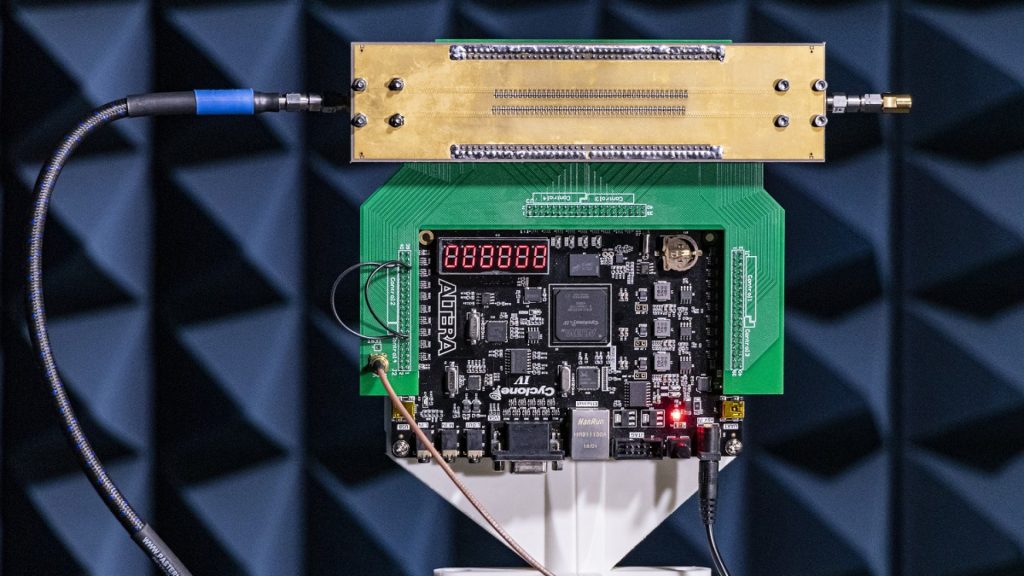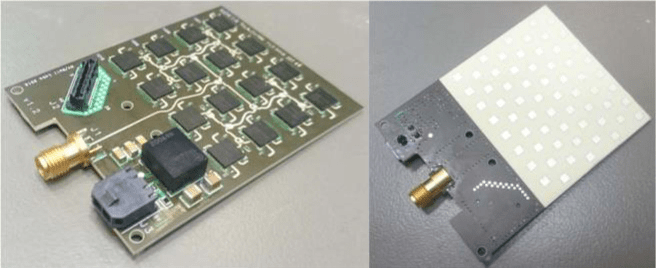5G technology hasn’t even been extensively implemented yet, but scientists aren’t waiting. A City University of Hong Kong (CityU) research team led by Professor Chan Chi-hou, Acting Provost and Chair Professor of Electronic Engineering in the City University of Hong Kong’s Department of Electrical Engineering, has developed a new-generation antenna that allows manipulation of the direction, frequency, and amplitude of the radiated beam and is expected to play an important role in the integration of sensing and communications (ISAC) for 6th-generation (6G) wireless communications.

“Sideband-free space-time coding (STC) metasurface antenna” is the name given to the new generation antenna. One of its novel aspects is the presence of several switches on its surface, and the reaction of the metasurface may be altered by turning on and off the switches to regulate the electric current, resulting in a chosen radiation pattern and a highly focused beam.
Traditional antenna structures and attributes cannot be altered once they have been manufactured. However, a noteworthy characteristic of the new-generation antenna is its ability to adjust the direction, frequency, and amplitude of the emitted beam using space-time coding software, allowing for greater user flexibility.

Professor Chan, who is also Director of the State Key Laboratory of Terahertz and Millimeter Waves (SKLTMW) at CityU, said that the energy from the radiated beam of the new-generation antenna can be focused to a focal point with fixed or varying focal lengths, which can be used for real-time imaging and treated as a type of radar to scan the environment and provide feedback data.
“The invention plays an important role in the ISAC for 6G wireless communications,” Professor Chan explained. “For example, the radiated beam can scan and duplicate an image that is similar to a real person, so that mobile phone users can talk with each other with 3D hologram imaging. It also performs better against eavesdropping than the conventional transmitter architecture.
The findings were published in the prestigious journal Nature Electronics under the title “Sideband-Free Space-Time-Coding Metasurface Antennas.”


